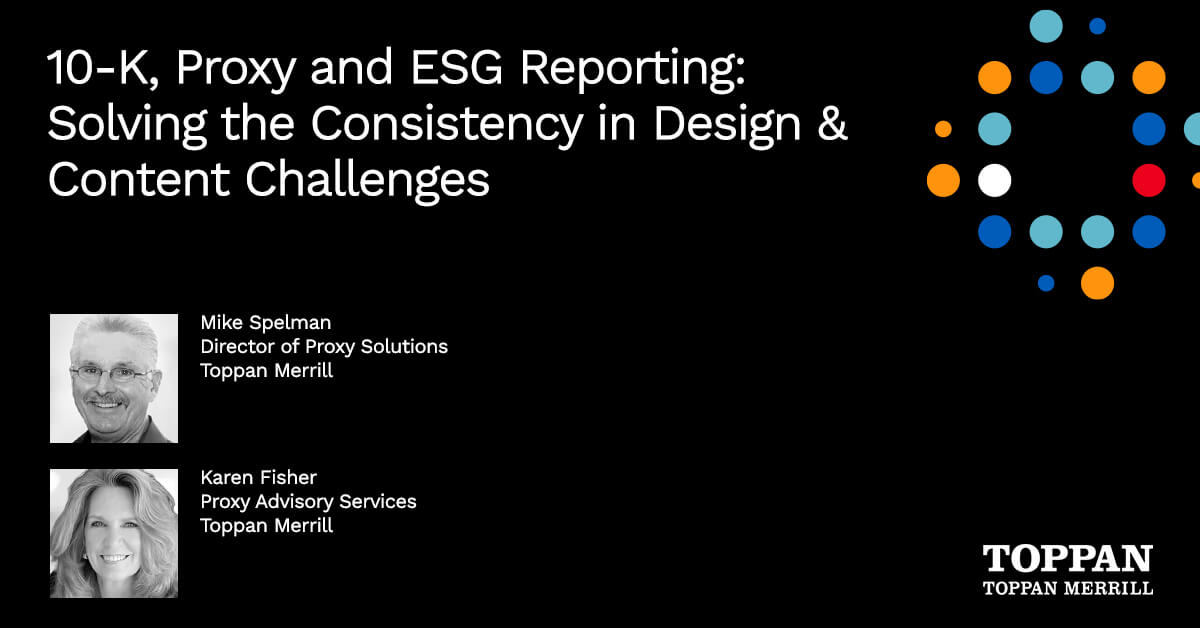Public Safety Canada has released long-awaited guidance for businesses (reporting entities) subject to the Fighting Against Forced Labour and Child Labour in Supply Chains Act (the “Act”), which came into force on January 1, 2024.
Published on December 20, 2023, this guidance document:
- clarifies Public Safety Canada’s expectations for the preparation of annual reports;
- gives an overview of the reporting requirements and procedures for submitting reports, and introduces a mandatory online questionnaire to be completed, in addition to filing the report; and
- provides certain clarifications on the scope of application of the Act.
For more information on this new reporting obligation, including applicability thresholds, see our previous publication – Reporting obligations under new Canadian modern slavery legislation: What does a multinational business need to know?
As a reminder, the report is a “disclosure-based” requirement, intended to increase transparency on the topic. In fact, the guidance expressly states that the purpose of reporting is not to certify that an entity is “risk-free”, but rather to demonstrate that the entity has taken steps to identify and address risks. Entities are not required to take any affirmative steps to mitigate risks, but given the public-facing nature of the disclosure, we recommend that companies put together a fulsome statement detailing the actions they are undertaking to prevent modern slavery in their operations and supply chain.
It is also important to remember that the trafficking of persons and the trafficking of children have been indictable offences in Canada under the Criminal Code since 2005 and 2010, respectively. Moreover, Canada’s import ban on goods produced using forced labour has been in place since July 2020. In fact, commercial imports of goods that are mined, manufactured or produced, wholly or in part, by forced labour or child labour are prohibited from entering Canada pursuant to tariff item No. 9897.00.00 of the Customs Tariff.
Report contents
In order to comply with the Act, Public Safety Canada’s guidance confirms that the report must address each of the elements included in subsections 11(1) and 11(3) of the Act, and offers recommendations as to how best to respond to each of the eight required components:
- the steps the entity has taken during its previous financial year to prevent and reduce the risk that forced or child labour is used at any step of the production of goods in Canada or elsewhere by the entity or of goods imported into Canada by the entity;
- its structure, activities and supply chain;
- relevant due diligence policies and processes;
- the parts of its business and supply chain that carry a risk of forced or child labour being used and the steps it has taken to assess and manage that risk;
- any measures taken to remediate any forced or child labour;
- any measures taken to remediate the loss of income to the most vulnerable families that results from any measure taken to eliminate the use of forced or child labour;
- the training provided to employees on forced and child labour; and
- how the entity assesses its effectiveness in ensuring that forced and child labour are not being used in its business and supply chain.
There is no prescribed level of detail to include in the reports: entities must use their discretion in determining the appropriate level of detail of responses in proportion to their size and risk profile. That said, the recommended length of ten pages provides some direction in this regard. The guidance also indicates that entities are free to supplement their responses by providing links to information publicly available online.
Preparing the report
The guidance provides both technical and substantive information on how to prepare a report. Some key points include:
- Formatting: The report cannot exceed a ten page limit for unilingual reports and 20 page limit for bilingual reports, and the PDF size cannot exceed 100 MB.
- Language: The report can be prepared in either official language (English/French). However, entities are encouraged to submit bilingual reports and to use simple and clear language in order to promote the report’s accessibility to the public.
- Attestation: Once the report is approved by the reporting entity’s board of directors or other governing body (as required under subsection 11(4) of the Act), the guidance provides that the following signed attestation from a board member or other governing body should be included in the PDF report:In accordance with the requirements of the Act, and in particular section 11 thereof, I attest that I have reviewed the information contained in the report for the entity or entities listed above. Based on my knowledge, and having exercised reasonable diligence, I attest that the information in the report is true, accurate and complete in all material respects for the purposes of the Act, for the reporting year listed above.
- Reporting in multiple jurisdictions: An entity subject to reporting obligations in multiple jurisdictions may submit the same information, so long as the report submitted in Canada meets all the mandatory criteria under the Act. Although not required, entities are advised to indicate in their report that they are also reporting under legislation in other jurisdictions.
- Joint reports: While entities belonging to the same corporate group are allowed to submit a joint report that clearly identifies the legal name of each entity covered by the report, the guidance indicates circumstances in which a joint report may or may not be appropriate. For example, where corporate risk profiles, policies or actions taken diverge significantly, entities are encouraged to complete the online questionnaire separately and to submit separate reports.
- Commercially sensitive information: The guidance expressly states that entities should not disclose commercially sensitive information or report on specific cases or allegations of forced or child labour that would expose them to legal risk or compromise the privacy of any persons. While entities may choose to volunteer information about instances of forced or child labour that have been identified, this information should be anonymized so as not to compromise any individual’s privacy.
Mandatory online questionnaire
The guidance introduces an online questionnaire that must be completed by reporting entities as a prerequisite requirement to submitting a report. The questionnaire is very detailed and includes a series of mandatory close-ended questions with “check-the-box” answers covering identifying information about the entity (legal name, financial reporting year, sector/industry, location, etc.) and its compliance with the Act’s requirements cited above. The questionnaire is further complemented by optional open-ended questions, allowing entities to elaborate on their responses relating to compliance with the Act, if desired.
Importantly, the information provided in the questionnaire must be consistent with the information included in the report. The entity will be prompted to upload the report before submitting the completed questionnaire.
Clarifications on the scope of application of the Act
The guidance also provides answers to several interpretative questions relating to the scope of application of the Act:
- Do the size-related thresholds refer to an entity’s global operations or only its Canadian activities? For each entity, the size-related thresholds refer to total assets, revenue and employees of the entity’s global operations, not only the entity’s Canadian activities.
- What are “consolidated financial statements”? An entity’s consolidated financial statements include the global revenue and assets of any entity it controls (subsidiaries). They do not include the global assets and revenues of a parent company.
- When is an entity “doing business in Canada”? An entity should look to factors considered in tax- and employment-related matters in determining whether it “does business in Canada”. Such factors include the location of agents, employees, assets, inventories, bank accounts, manufacture or production of goods and deliveries, amongst others. A foreign company, including a non-resident importer, may qualify as doing business in Canada despite it not having a place of business or assets in Canada.
- When is an entity “importing” goods into Canada? An entity is considered to be importing goods into Canada if the entity is responsible for accounting for those goods under the Customs Act.
- Does the Act apply to low-value transactions? The guidance confirms that there is no prescribed threshold for the minimum value of goods that an entity must produce, sell, distribute or import in order for the Act to apply. That said, the guidance states that the Act should be understood to exclude “very minor dealings”.
- What are “goods”? The term “goods” refers to goods that are the subject of trade and commerce and should be understood in the ordinary sense of the word.
- Are service businesses subject to the Act? The guidance provides that the terms “selling”, “distributing” and “importing” are not intended to capture services that solely support the production, sale, distribution or importation of goods. Service businesses such as marketing, administrative services, financial services and software services are not subject to the new reporting requirements.
- When is an entity “controlling” another entity? The notion of control must be interpreted broadly in a manner consistent with the purposes of the Act. While having regard for applicable accounting standards may be helpful, the term “control” should be considered in substance over form and may include circumstances where an entity exercises only joint control of an operation.
Conclusion
The guidance provides useful insight into Public Safety Canada’s expectations of businesses’ reports and the process for successful reporting ahead of the May 31 deadline. If you would like to discuss the applicability of the Act to your business or any of the obligations discussed in this bulletin, please contact the authors or your DLA Piper relationship partner.
View source (for all formatting, tables, footnotes, etc) >>
Alan Sarhan is a business lawyer with broad experience in corporate and commercial law, mergers & acquisitions, engineering and construction law, international risk management, global trade and compliance, economic sanctions, and export control.
Geneviève Zinger practises corporate and commercial law, with a focus on corporate governance and compliance. Geneviève has experience in a broad range of matters involving purchase and sale of business transactions, corporate compliance, economic sanctions and export control. Moreover, she is routinely asked to assist in due diligence projects.



